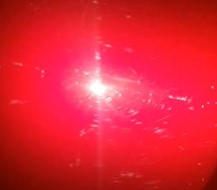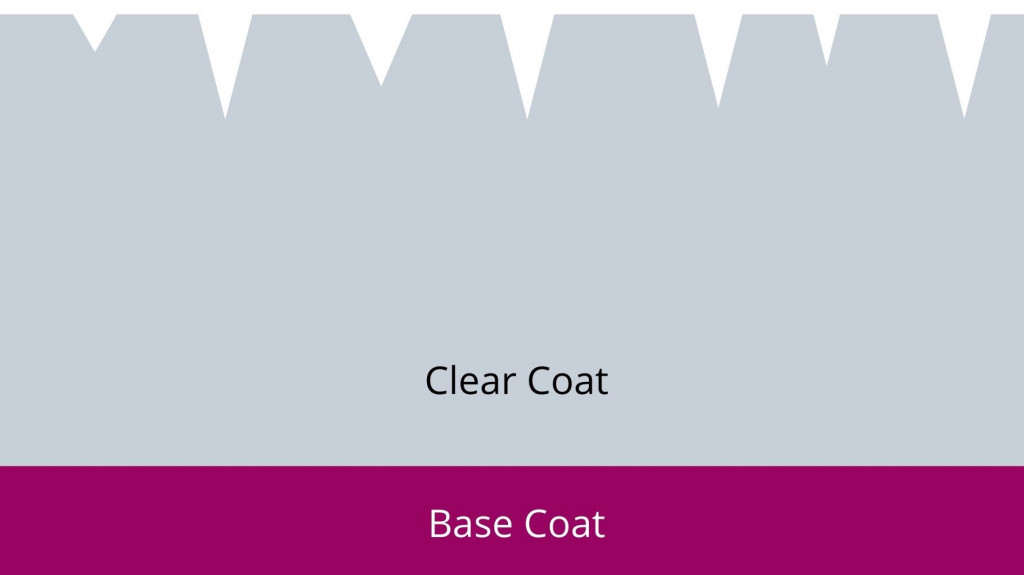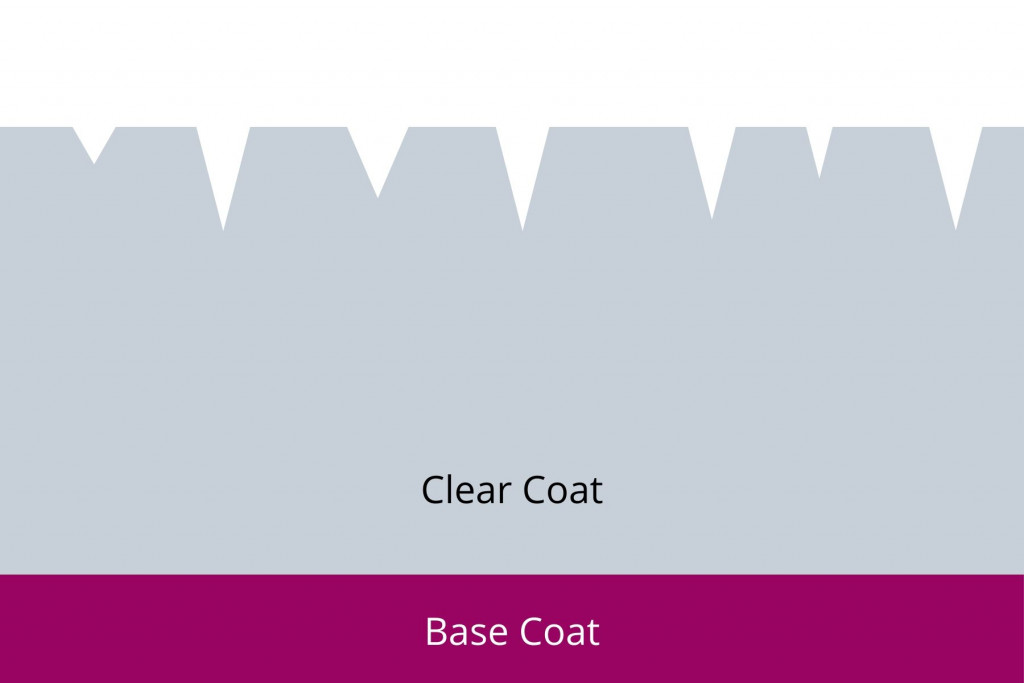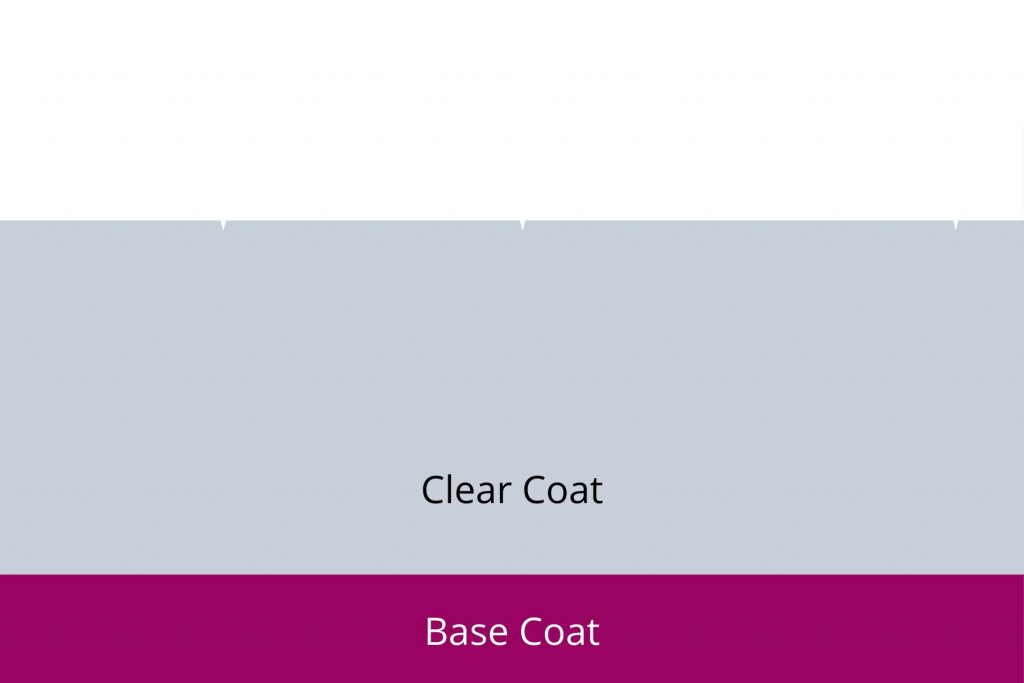Quick detailers are often marketed as products designed to maintain your car between washes and keep the paintwork dust free. They’re designed to add some protection and last minute gloss to your paintwork. But are they actually safe? Or do they cause scratches?
In this article, I’ll be discussing the risks of using a quick detailer, how they can potentially cause clear coat scratches, and how to use them properly to avoid this issue. So let’s get started.
The Quick Answer
Quick detailer sprays can cause scratches if they are used to remove dust or dirt, especially on cars with soft paint. Using a quick detailer between washes should be avoided if possible. Applying a quick detailer immediately after washing the car is less likely to cause scratches.
Clear Coat Scratches
First, let’s start by talking about clear coat scratches, how they occur and what they look like.
Clear coat scratches generally can’t be seen properly unless you’re looking at the paintwork in direct sunlight. In this image, you can see clear coat damage under direct light.

These type of scratches only penetrate the clear coat of your car, and not the base coat (colour coat), which is why they can’t be seen in all lights.
So what’s the issue if you can only see them in bright light?
Well firstly, it makes the car look pretty ugly when the sun comes out. And secondly, it makes your car look dull and less glossy all the time. This is because the scratches affect the way that the light reflects off the surface.

When the clear coat is damaged, the light reflects unevenly. This causes the paintwork to look duller. To get the gloss back, the paintwork needs to be polished.
The only way to permanently level the paint again, is to polish it. This involves removing a layer of the clear coat. Of course, this is not ideal.
The clear coat is what protects your car from UV rays which cause the colour coat to fade over time. So if you remove some of the clear coat, then you’re reducing the protecting properties. That’s why you should only polish your car when absolutely necessary.


So how do these clear coat scratches occur?
Unfortunately, the clear coat is very delicate. So any time that it’s subjected to friction it can scratch. This is usually when the car is washed improperly.
Anytime that you use a sponge, which is quite abrasive, you’ll scratch the clear coat. Anytime you use a bathroom towel instead of a microfiber towel to dry the paintwork, you’ll scratch the clear coat.
And any time you rub dirt or dust over the surface without proper lubrication, it creates friction, so you’ll scratch the clear coat.
Check out this complete guide to washing your car without causing scratches.
The Problem With Quick Detailers
Now this leads us to the problem with quick detailer sprays. Like I mentioned at the very beginning, quick detailers are often marketed as products which remove dust, bird mess etc., from the paint without the need for a full wash.
And this is where the problem comes in. Quick detailers do not provide enough lubrication to remove dust and especially bird mess, from the paintwork. This creates friction which leads to clear coat scratches.
When you use a quick detailer spray, even when paired with a plush microfiber towel, you are essentially grinding dust into the paintwork.
This may not seem like a huge problem right? I mean, dust isn’t that abbrassive? Surely it’s not like rubbing dirt and grit into the paint?
Unfortunately, it’s pretty similar. Dust is made up of solid particles, so it definitely results in friction.
And the other problem is, that there’s so much of it. If you’ve got a layer of dust all over your car and you try and remove it using a quick detailer, than you cause friction over the entire paintwork.
This can lead to unsightly swirls across the whole car, which looks terrible in the sun, and makes the paint look dull all year round.
Is it Ever Safe to Use a Detailer Spray?
So if quick detailers can cause clear coat scratches so easily, is it ever safe to use one?
The only time it’s ever completely safe to use a quick detailer spray on your paintwork, is after it’s been freshly washed, and if you’re using a clean and plush microfiber towel.
If you use a quick detailer spray just after washing, it can be effective to add a touch of gloss and protection to the paintwork, without the need for waxing or sealing again.
I never use a quick detailer spray in any other scenario. Quick detailers should not be used as alternatives to washing, otherwise you are very likely to inflict clear coat damage.
Check out my complete guide to quick detailer sprays to learn everything you need to know about this type of product.
But My Car Looks Dusty Between Washes?
Okay, so if quick detailers shouldn’t be used to remove dust or light dirt between washes, how do you keep your car clean without doing a full wash again?
You’ve got one other product that can help you in this situation, a waterless wash. Personally, I don’t use waterless wash products because I prefer to just get the pressure washer out and give my car a full clean.
However, I appreciate some car owners like in areas where you can’t do this. So a waterless wash can come in handy to safely remove dust between washes.
One that I really like the look of is called AMMO Frothe, you can see it in action here. I’m not in any way affiliated with AMMO and have not actually tried the product. However, from this video you can see that it does a good job of lubricating the paintwork to safely remove dust.
Keep in mind though, that you should only ever use a waterless wash on a car that is very lightly covered in dust. Never use it on a car that is actually dirty.
The best thing you can do to keep your car looking clean, is to wash it more often. This is the always the best way to safely clean your paintwork, without risking swirls and scratches.
Of course, you need to make sure you’re using the proper wash technique, e.g. thoroughly rinsing before touching the paint, using a microfiber wash mitt, keeping it clean between sections, using plenty of lubrication (shampoo and water) and drying using microfiber.
Make sure you are never rubbing dirt, grit or dust over the paintwork. It’s the quickest way cause swirls and scratches.
Looking for a good quick detailer spray? Check out my comparison between 5 lead quick detailers.
Thanks for reading! I hope you’ve found this article helpful. Don’t forget to check out the rest of the blog to learn more about making your car look its best.

